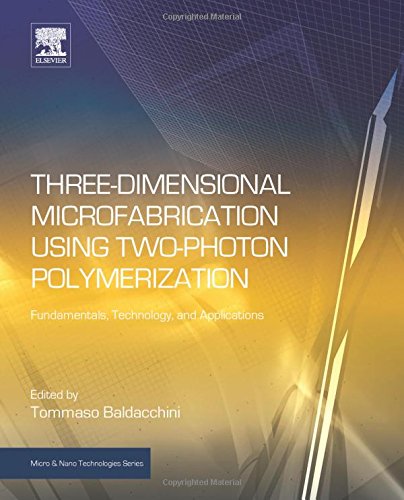

Most ebook files are in PDF format, so you can easily read them using various software such as Foxit Reader or directly on the Google Chrome browser.
Some ebook files are released by publishers in other formats such as .awz, .mobi, .epub, .fb2, etc. You may need to install specific software to read these formats on mobile/PC, such as Calibre.
Please read the tutorial at this link: https://ebookbell.com/faq
We offer FREE conversion to the popular formats you request; however, this may take some time. Therefore, right after payment, please email us, and we will try to provide the service as quickly as possible.
For some exceptional file formats or broken links (if any), please refrain from opening any disputes. Instead, email us first, and we will try to assist within a maximum of 6 hours.
EbookBell Team

4.0
36 reviewsThree-Dimensional Microfabrication Using Two-Photon Polymerization (TPP) is the first comprehensive guide to TPP microfabrication―essential reading for researchers and engineers in areas where miniaturization of complex structures is key, such as in the optics, microelectronics, and medical device industries.
TPP stands out among microfabrication techniques because of its versatility, low costs, and straightforward chemistry. TPP microfabrication attracts increasing attention among researchers and is increasingly employed in a range of industries where miniaturization of complex structures is crucial: metamaterials, plasmonics, tissue engineering, and microfluidics, for example.
Despite its increasing importance and potential for many more applications, no single book to date is dedicated to the subject. This comprehensive guide, edited by Professor Baldacchini and written by internationally renowned experts, fills this gap and includes a unified description of TPP microfabrication across disciplines.
The guide covers all aspects of TPP, including the pros and cons of TPP microfabrication compared to other techniques, as well as practical information on material selection, equipment, processes, and characterization.
Current and future applications are covered and case studies provided as well as challenges for adoption of TPP microfabrication techniques in other areas are outlined. The freeform capability of TPP is illustrated with numerous scanning electron microscopy images.